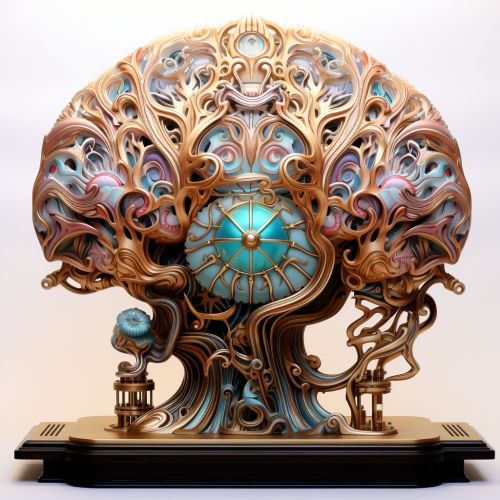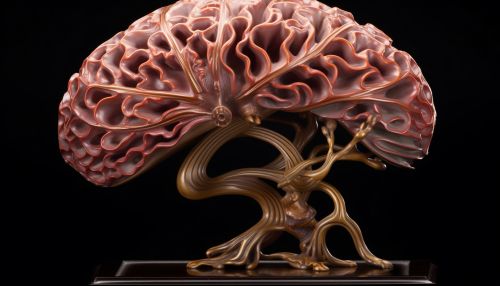Cognitive Mechanisms of Time Perception in Humans
Introduction
Time perception is a field of study within psychology and neuroscience that refers to the subjective experience of time, which is measured by someone's own perception of the duration of the infinite and ongoing progression of events. The perceived time interval between two successive events is referred to as perceived duration. Another person's perception of time cannot be directly experienced or understood, but it can be objectively studied and inferred through a number of scientific experiments. This article will delve into the cognitive mechanisms that govern time perception in humans.
Neurobiology of Time Perception
The neurobiology of time perception is a complex process that involves various regions of the brain. The suprachiasmatic nucleus (SCN), located in the hypothalamus, is considered the primary regulator of circadian rhythms, which are the body's internal clock that operates on a roughly 24-hour cycle. The SCN receives information about light exposure through the retina, and uses this information to adjust the body's internal clock.


The basal ganglia and the cerebellum also play crucial roles in time perception. The basal ganglia, particularly the striatum, are involved in the estimation of time intervals in the range of seconds to minutes. The cerebellum, on the other hand, is thought to be involved in the perception of shorter time intervals.
Cognitive Models of Time Perception
Various cognitive models have been proposed to explain the mechanisms of time perception. One of the most influential models is the Scalar Expectancy Theory (SET), which suggests that time perception operates in a manner similar to a stopwatch. According to SET, an internal clock emits pulses, which are collected and compared to a memory representation of time to make a temporal judgement.
Another model, the Striatal Beat Frequency (SBF) model, proposes that time is represented by the coincidental activation of striatal neurons. This model suggests that the basal ganglia play a crucial role in time perception by detecting these coincidences.
Factors Influencing Time Perception
Time perception is not a fixed process, and various factors can influence how we perceive time. For instance, age is a significant factor, with research suggesting that older individuals perceive time as passing more quickly than younger individuals. This is known as the 'time flies' phenomenon.
Emotional state can also influence time perception. High-arousal states, such as fear or excitement, can make time seem to slow down, while low-arousal states can make time seem to speed up. This is known as 'time dilation' and 'time contraction' respectively.
Temporal Illusions
Temporal illusions are perceived distortions in the sense of time. These can occur in a variety of contexts and can significantly affect an individual's perception of time. For example, the 'stopped-clock illusion' occurs when a person looks at an analog clock and perceives the second hand as staying still for longer than a second, when it has actually moved normally.
Another common temporal illusion is the 'time-shrinking illusion', where the duration of a repeated stimulus is perceived as shorter than the duration of a novel stimulus of the same length.
